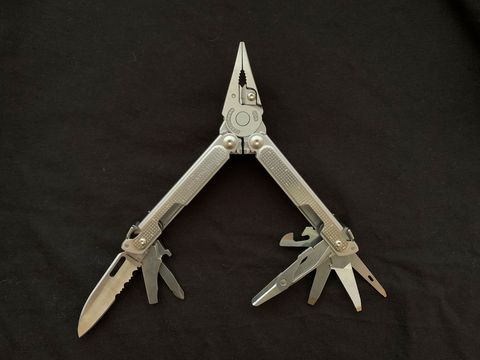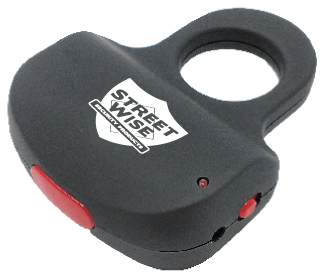
Camp in Thailand offers a unique opportunity to have an international summer. These camps offer a unique opportunity to travel Asia and make new friends. In addition, you'll make many unforgettable memories. You can learn more about Camp Thailand by reading this article.
Refugee camps in Thailand
The number of refugees fleeing to Thailand increased, and there were many humanitarian aid organizations that began to emerge along the border. One of these was The Border Consortium, which is still the main agency responsible for arranging assistance for refugees. Jack Dundorf, who was one of the first people to respond to refugee requirements, founded the organization back in 1984.
Jordan Refugee Camps
Jordan has many refugee camps. Nearly 80,000 Syrian refugees are housed in Za'atari, east Mafraq. Azraq lies in the northern-east. Approximately 18 percent of Jordan's refugee population lives in refugee camps.

Zaatari camp in Jordan
Refugees in Zaatari have very little chance of being resettled as only a few refugees are eligible. Many Syrian refugees cannot leave the camp. Many of them rely on local people for their survival. Some of these people even depend on strangers for survival.
Lam Ta Khong camp
The Lam Ta Khong camp in Khao Yai National Park in Thailand is the best place to go if you're looking for an overnight camping experience. It's situated on a large grassy area surrounded by trees and a river. The campground is home to gibbons and otters, and you can watch them foraging for food. You can also reserve your spot at the office, which has modern facilities.
PhaKluaiMai camp
PhaKluaiMai camp can be found two and a halb kilometres east the Lam Takong campsite. It is an ideal place to base yourself for a visit to the Pha Kluai Mai Waterfall. The camp is close to the trailhead for Pha Kluai Mai Waterfall.
Zaatari camp
The Zaatari refugee camp in Thailand was established on July 28, 2012. Although it is older than refugee camps in other nations, it is still relatively new. The majority of Syrian refugees currently live in UNHCR tents. Larger families are moving into trailers. The camp is well-organized, with shared toilet facilities. However, it is not as structured as the Thai camps.

Zaatari camp in Burma
The UNHCR had reported a humanitarian emergency at Zaatari camp in Burma (nearby Thailand) at the end-of February. At least 300 people fled from the camp, mostly children and wives. While most made it to Bangkok safely, their spouses were left behind. In recent years, the UNHCR was unable to visit the camp.
FAQ
What's the best weapon you can carry for self defense?
A knife is the best tool for self defense. A knife is the best weapon for self-defense.
A $100 folding knife is not necessary to be protected. A simple pocketknife will do the job. To be prepared for any eventuality, you can always buy a few additional tools.
What does the stun gun do for an attacker
A stun gun uses electric current to incapacitate someone. The stun gun causes muscle contractions that stop them moving. This renders them unable fight back.
Stun guns typically work best when used on your neck or head.
The most common method of using a stungun is to fire at the person until they go unconscious.
To scare away attackers, stun gun can also emit high pitched sounds. These stun guns can be called TASERs.
Where can a stungun be purchased?
There are many places that you can purchase stun gun.
You can check online stores like Amazon .com, eBay, Walmart, etc.
Brick-and-mortar shops such as hardware and sporting goods stores are also available.
Can I carry a stun gun legally?
Yes. However, you will need to obtain a permit from your state.
A permit application must be completed and paid.
You must keep your permit visible, such as in your wallet, once you receive it.
You will need to repeat the process if your permit is lost.
How do beginners do self-defense?
It's not only for those who have been trained by professionals to defend themselves. You should also know how to defend your self when you're alone. To protect yourself against an attack, you should know the basics.
Begin by practicing basic moves like punching and kicking. Next, you can learn more advanced moves like grappling as well as joint locks.
It's always helpful to practice similar things to what you would face in real-life situations. You should try to learn how you can kick someone on a soft surface like a pillow.
So you don't get hurt while practicing. Do not hit anything too hard. You might cause injury.
What happens if I use my stun gun and get arrested?
No. Stun guns are considered "less lethal" weapons. They cannot inflict serious injury and are therefore considered less deadly.
But, even if you hit someone accidentally with your stungun, you can still face criminal charges
Statistics
- In a January 2018 survey of 1,000 women nationwide, 81 percent reported experiencing some form of sexual harassment, assault, or both in their lifetime. (healthline.com)
- Verbal harassment was the most common form, but 51 percent of women said they were touched or groped in an unwelcome way, while 27 percent of women survived sexual assault. (healthline.com)
- Kung Fu alone has 400 unique martial art styles – and whilst you likely won't be able to find a school for each form, many other martial arts are completely different altogether. (budodragon.com)
- Some people walk into a gym thinking they are going to become the best by training whenever they like and not putting 100% effort in. (budodragon.com)
External Links
How To
How to use Kubotans to self-defense
Kubotan refers to small sticks used as weapons in Okinawan martial artists masters. These small sticks were made originally from bamboo, but they have since been replaced with metal and plastic.
They are usually around 5cm long and 2cm wide.
The Kubotan's purpose is to strike at your opponent's eyes, nose and mouth. It also works against other body parts, like elbows or knees.
Kubotan is popular among women for their light weight, portability, and concealability.
Knowing where to place your Kubotan to strike the correct spot is essential to be able to effectively use it.
Before you can hit the right spots, practice with the Kubotan.
The following steps will demonstrate how to use Kubotan as a self-defense weapon:
-
Face the attacker
-
Hold the Kubotan between your thumbs and index fingers.
-
The Kubotan is held above your head by the arm.
-
Swivel the Kubotan down towards the attacker's head.
-
On the nose, eye, or area of the mouth, strike the attacker.
-
As the Kubotan strikes the target, you should be able see its impact.
-
Keep swinging the Kubotan up and down until you hear a "thwack".
-
Reduce the Kubotan, and then step back.
-
You can continue fighting by repeating Steps 1-7.